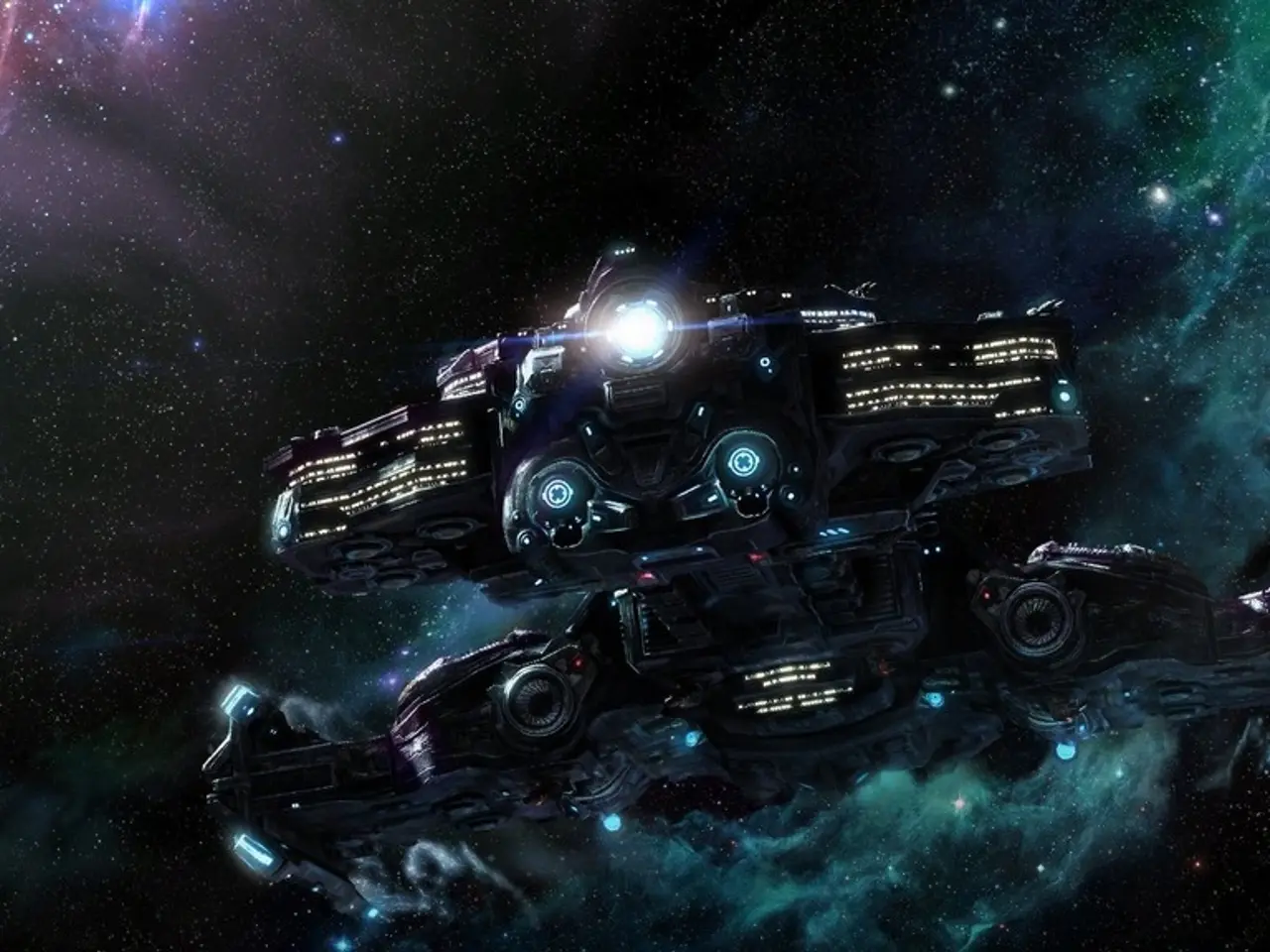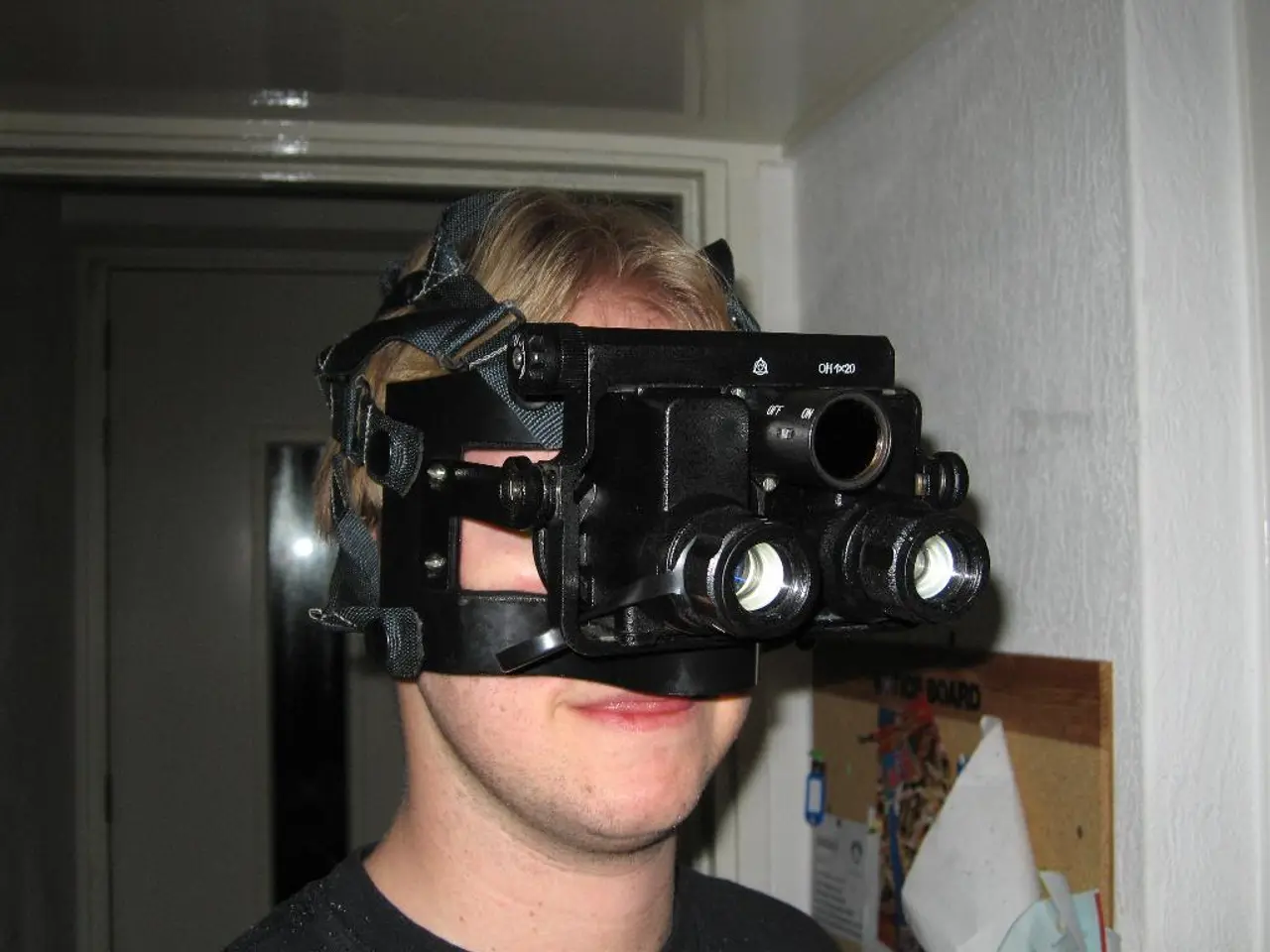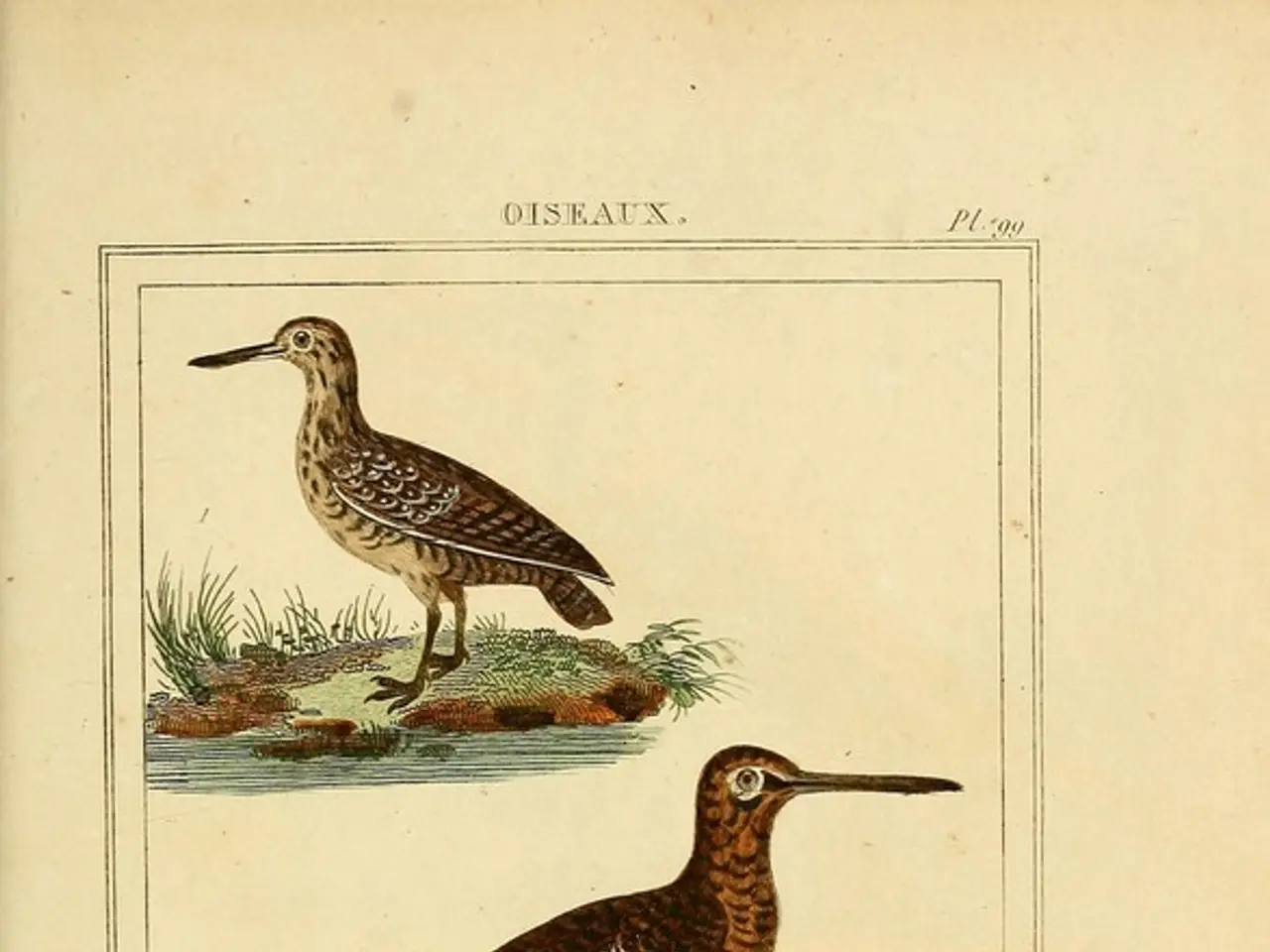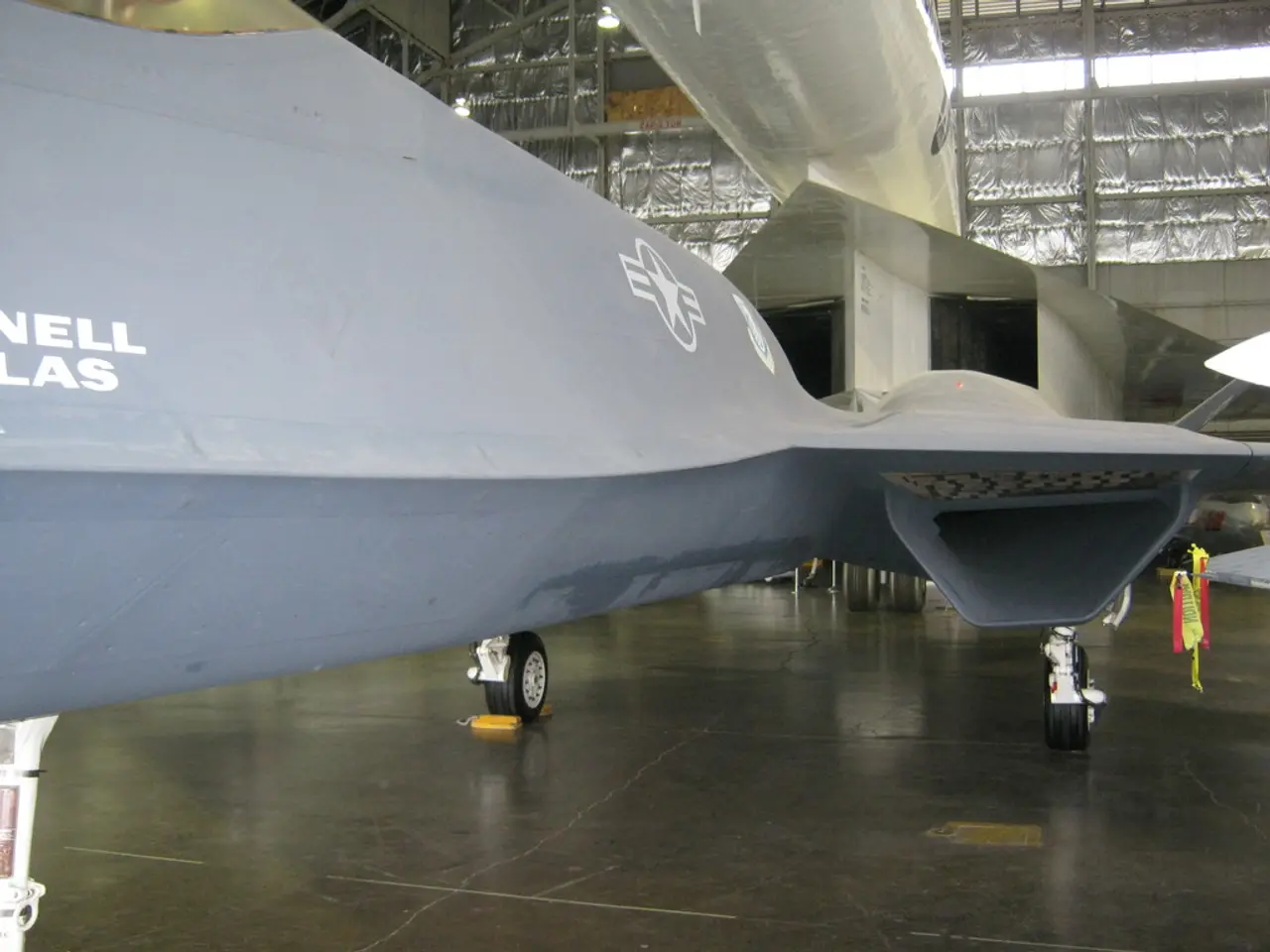Space organization OHB from Bremen triumphantly announce the successful takeoff of the Hera mission
In a groundbreaking event on September 26, 2022, NASA crashed a spacecraft into the asteroid "Dimorphus," marking the first time in human history that a celestial body was deflected from its path. The impact, part of NASA's Double Asteroid Redirection Test (DART) mission, successfully altered Dimorphos' orbit around its parent asteroid Didymos.
The aftermath of the impact has raised intriguing questions about the structural and orbital consequences of such an event. As a rubble-pile asteroid, Dimorphos is loosely held together, and the impact caused complex ejection patterns not fully anticipated by earlier models. Over 100 boulders were ejected, contributing approximately three times the momentum of the impactor alone.
Enter the European Space Agency's (ESA) Hera mission, a collaborative effort between the ESA and OHB System AG, a subsidiary of the aerospace and technology conglomerate OHB SE. Hera, an asteroid probe developed, built, and tested by OHB System AG, was launched into space on October 7, 2023, atop a Falcon-9 rocket from the Cape Canaveral Space Force Station (Florida, USA).
Hera's mission is a continuation of the impact study initiated by the DART mission. Its primary goal is to provide detailed post-impact surveys to quantify structural changes, orbit alterations, and mass ejection for model validation. The data collected by Hera will enable researchers to compare dynamic models with reality, refining knowledge about asteroid interiors, impact outcomes, and asteroid deflection efficacy.
Dr. Stefan Voegt, Hera project manager at OHB, emphasised the importance of good cooperation with the ESA and all partners in bringing Hera to its current stage. The development, building, and testing of Hera were completed by OHB System AG in just four years, despite the tight schedule being a significant challenge.
Hera is planned to reach Dimorphus in two years, where it will gather data on the impact's effects on the asteroid. While some questions, such as whether a crater was formed or how much material was ejected into space, remain unanswered, Hera's findings will undoubtedly provide valuable insights into the dynamics of asteroid impacts and the potential for asteroid deflection as a means of mitigating the risk of asteroid collisions with Earth.
References:
[1] ESA. (2023). Hera mission. Retrieved from https://www.esa.int/spacecraft/Hera
[2] NASA. (2022). DART mission. Retrieved from https://www.nasa.gov/dart
Science reveals intricate ejection patterns following the DART mission's asteroid impact. To further study these phenomena, technology from European Space Agency's (ESA) Hera mission, a joint effort with OHB System AG, is being utilized. This space probe, launched in October 2023, aims to scrutinize the asteroid Dimorphos' structural changes, orbit alterations, and mass ejection after the impact, shedding light on reality-based dynamic modeling of asteroid interiors, impact outcomes, and asteroid deflection efficacy.




